NASA releases first color image from James Webb Space Telescope
Original Publication Date: 2022-07-11 23:44
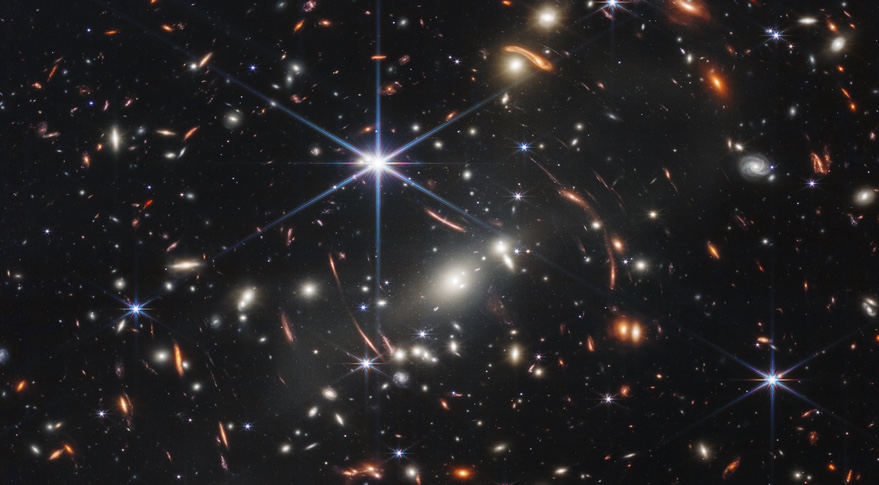
The image shows a galaxy cluster called SMACS 0723 about 4.5 billion light-years away. The cluster acts as a gravitational lens, bringing into view far more distant galaxies. “We’re looking back more than 13 billion years,” said NASA Administrator Bill Nelson.
Space industry warned to prepare for impact from lurking recession
Original Publication Date: 2022-07-11 17:49
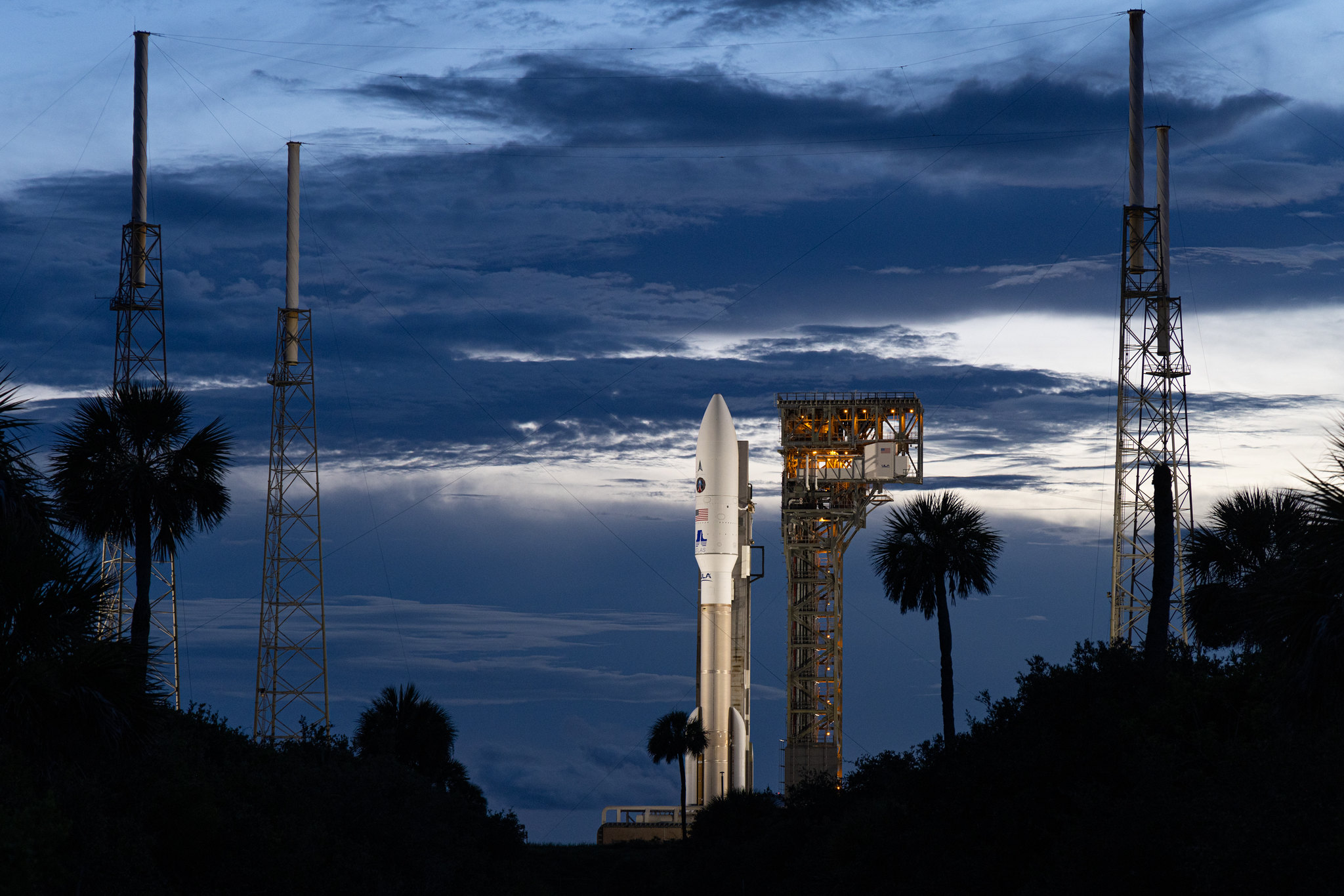
U.S. Space industry faces headwinds, says United Launch Alliance CEO. Investors pull back from riskier ventures, including those in the space sector, he says. U.S. Has a healthy space industry that will continue to thrive and innovate, he says.
Japanese startup to demo robotic arm onboard ISS in 2023
Original Publication Date: 2022-07-11 21:19
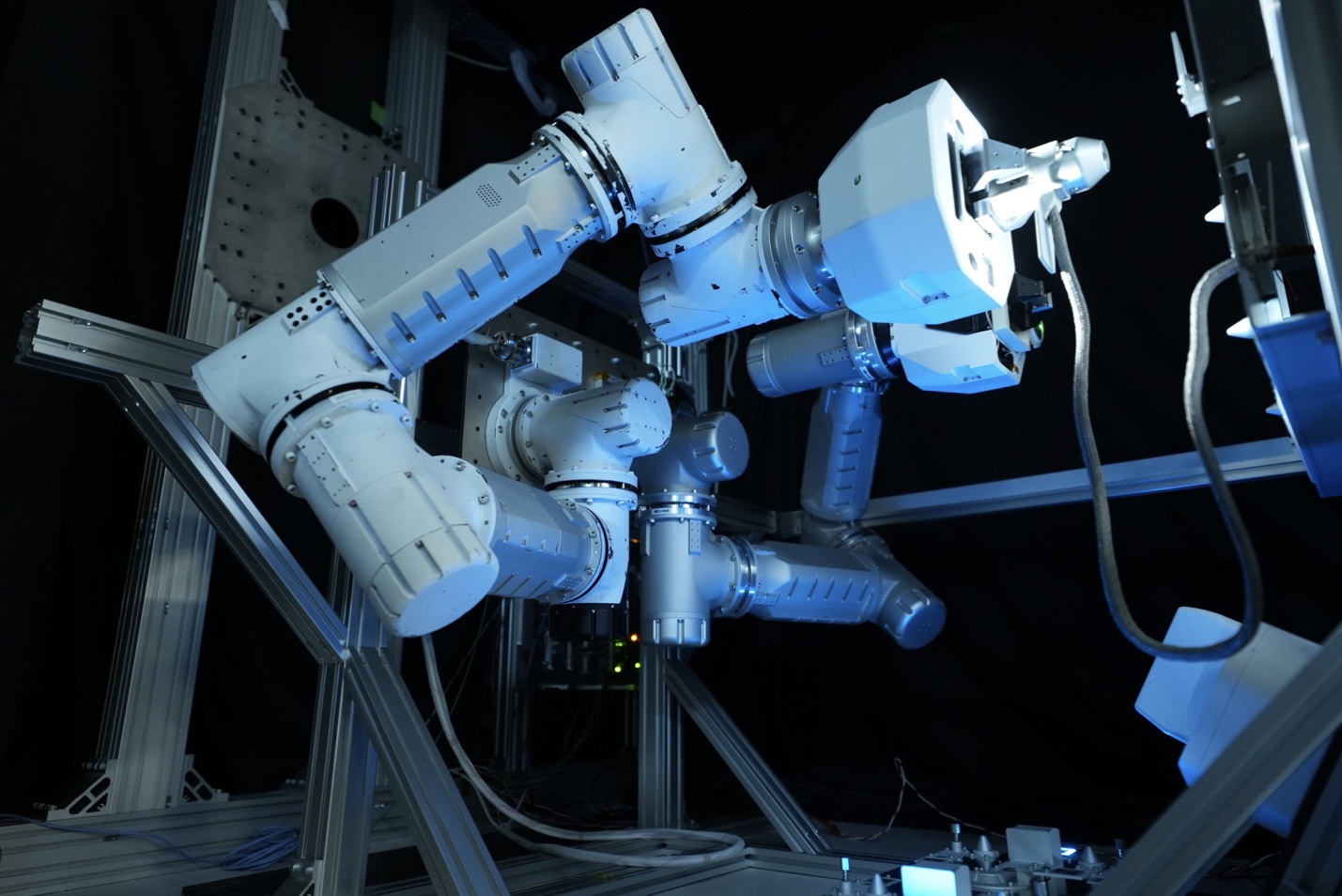
Japanese startup GITAI plans to demonstrate robotic arm capabilities externally on the ISS. GITAI said July 11 its autonomous, 1.5-meter-long dual robotic arm system (S2) would be mounted on the Bishop Airlock. The startup aims to achieve NASA’s Technology Readiness Level (TRL) 7 from the demonstration.
Space cybersecurity firm SpiderOak adds retired general Pawlikowski to its advisory board
Original Publication Date: 2022-07-12 13:01

Space cybersecurity firm SpiderOak announces the appointment of former DoD and military officials. Joining the company are retired U.S. Air Force general Ellen Pawlikowski and former intelligence official and aerospace executive Frederick Doyle. Pawlikowski: 'Blockchain-based products for securing satellites and their networks are a crucial part of building resiliency'
BAE Systems delivers jam-resistant GPS receivers to Germany
Original Publication Date: 2022-07-12 13:00

BAE Systems has delivered an undisclosed number of jam-resistant GPS receivers. The equipment is compatible with the more secure M-code GPS signal. M-Code, short for military code, is hardened against signal jamming and spoofing. Many of the current 31 GPS satellites currently in orbit broadcast the M-Code signal.
SpaceX’s 50th dedicated Starlink mission begins filling new network layer – Spaceflight Now
Original Publication Date: 2022-07-11 00:00

SpaceX launched the 50th dedicated mission for the Starlink internet network Sunday from California’s Central Coast. 46 broadband relay nodes to begin populating a new polar-orbiting “shell’ to fill in gaps in the satellite constellation. The 46 satellites launched into a polar orbit to join some 2,500 Starlink spacecraft already in space.
Live coverage: SpaceX launches 46 more Starlink internet satellites – Spaceflight Now
Original Publication Date: 2022-07-10 00:00
Live coverage of the launch of a Falcon 9 rocket from Vandenberg Space Force Base in California with 46 Starlink internet satellites. Text updates will appear automatically below; there is no need to reload the page. Follow us on Twitter at @SpaceX and @SpaceXNews.
Astronomers eagerly await first images from the James Webb Space Telescope – Spaceflight Now
Original Publication Date: 2022-07-10 00:00
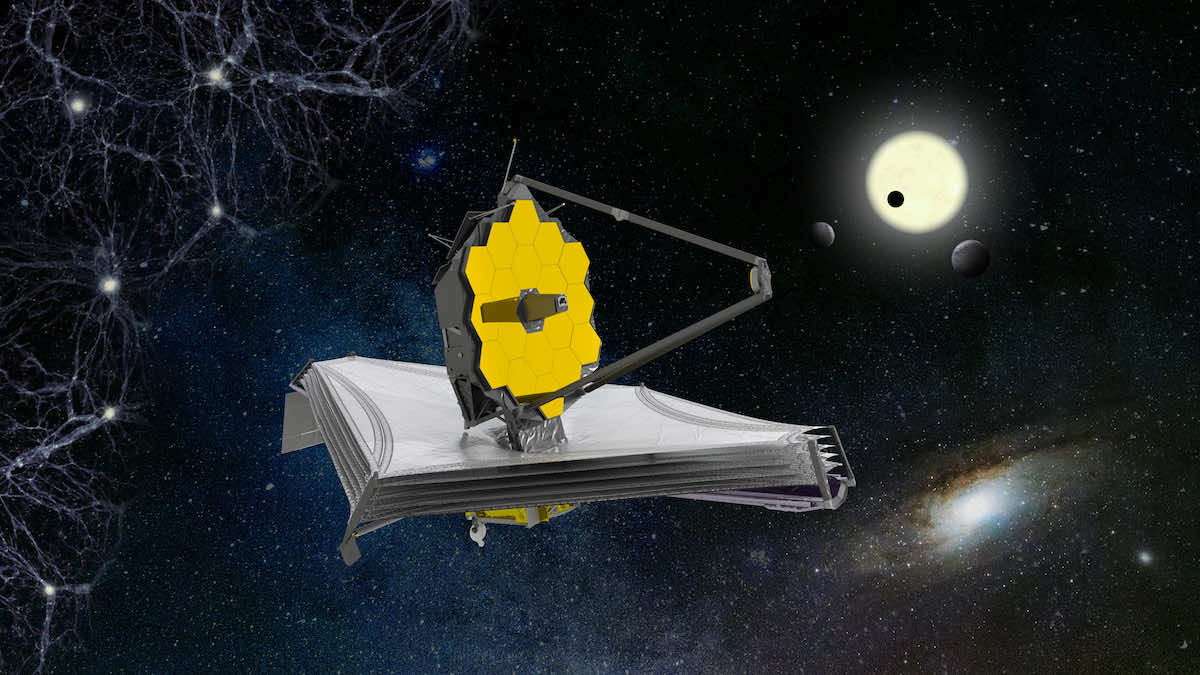
NASA's James Webb Space Telescope is finally ready to open a new window on the universe. Images expected to rival or surpass the first spectacular images from the Hubble Space Telescope nearly three decades ago. The targets for Webb’s first public images include: –The Carina Nebula, a vast star-forming region in the constellation Carina.
CAPSTONE probe overcomes radio glitch on course for moon – Spaceflight Now
Original Publication Date: 2022-07-10 00:00
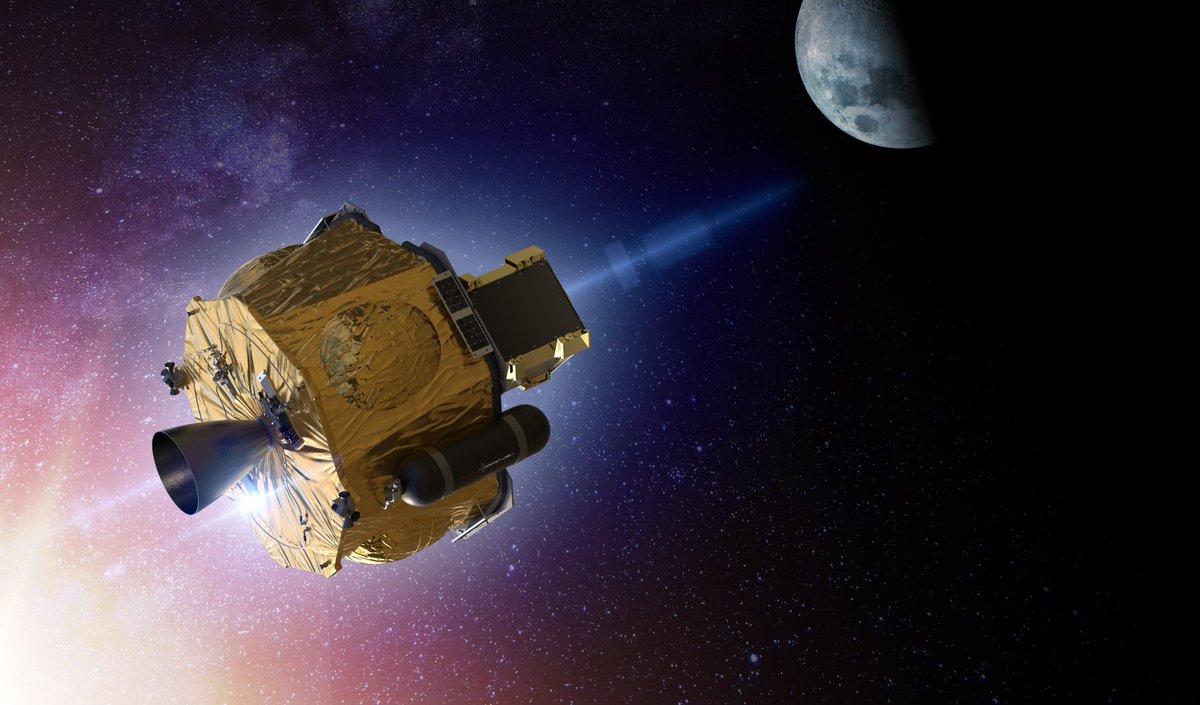
CAPSTONE is a miniature pathfinder for future lunar crew missions. The $30 million mission launched June 28 from New Zealand on a Rocket Lab booster. The mission will scout a halo-like, elongated orbit around the moon that NASA has chosen for a future mini-space station.
Russian Soyuz rocket hauls Glonass navigation satellite to space – Spaceflight Now
Original Publication Date: 2022-07-10 00:00

A new Glonass navigation satellite has been launched from a military spaceport. The launch took place from the Plesetsk Cosmodrome about 500 miles north of Moscow. The Glonass navigation fleet is Russian military’s version of the U.S. Space Force’s Global Positioning System.
NASASpaceFlight.com
China launched the Gaofen-12 03 mission on board a Chang Zheng 4C today at 15:46 UTC. The launch occurred from the Jiuquan Satellite Launch Center (JSLC) in China and was confirmed to be a success minutes after liftoff.
Commercial Archives
SpaceX launched 53 Starlink satellites into low Earth orbit (LEO) on Thursday. This is the first of over 30 missions scheduled for the second half of 2022. This follows the 27 missions conducted by SpaceX in the first half of 2022. The company has set a target of 50 launches or more this year.
International Archives
The Russian Aerospace Forces (VKS) launched a GLONASS-K navigation satellite on Thursday, July 7. The launch took place from Site 43/4 at the Plesetsk Cosmodrome in northwestern Russia. Thursday’s flight also marked the fifth launch of 2022 for the Russian military.
Chinese Long March 3B Launches APStar-6C Communications Satellite – Spaceflight101

China conducted a rare commercial launch of a Long March 3B rocket with the APStar-6C communications satellite for APT Satellite Holdings. Long March 3B lifted off from the Xichang Satellite Launch Center at 16:06 UTC on a mission of under half an hour to lift the spacecraft into an elliptical Geostationary Transfer Orbit. The satellite will deliver VSAT services, video distribution, Direct-to-Home television and high-throughput cellular backhaul.
Blue Origin’s New Shepard Reaches new Heights in latest Test Flight – Spaceflight101

Blue Origin returned to its West Texas testing grounds on Sunday for the eighth flight of its reusable New Shepard launch system. Sunday’s flight marked the second for this particular set of hardware, following up on the successful December 2017 mission that debuted “Crew Capsule 2.0” The mission was designed to expand the vehicle’s operational envelope by sending it to a peak altitude of 107 Kilometers, a new record for New Shepard.
ISS Updates – Spaceflight101 – International Space Station

A veteran NASA spacewalker and an EVA rookie from Japan ended their week with nearly six hours of work outside the International Space Station. The restoration of the Station’s Mobile Servicing System started last year and continued in January to provide Canadarm2 with a new pair of grappling hands.
EMIT

EMIT will map the mineral composition of arid dust source regions. The maps of the source regions will be used to improve forecasts of the role of mineral dust in the radiative forcing (warming or cooling) of the atmosphere. EMIT is being developed at NASA’s Jet Propulsion Laboratory and is scheduled to launch in 2022.
Faces of Leadership: The Directors of JPL

JPL Director, 2001-2016 Charles Elachi was born in Lebanon and received a bachelor's degree in physics from the University of Grenoble, France. He received a master's degree (1969) and doctorate (1971) in electrical sciences from Caltech. He also earned a master's in business administration (1978) from USC and a master's in geology (1983) from UCLA.
NASA Shares List of Cosmic Targets for Webb Telescope’s First Images

The James Webb Space Telescope will soon reveal unprecedented and detailed views of the universe. The observatory will release its first full-color images and spectroscopic data. The images will be released in NASA’s live broadcast beginning at 10:30 a.m. EDT (7:30 p.m. PDT) Tuesday, July 12.
NASA Highlights Climate Research on Cargo Launch, Sets Coverage
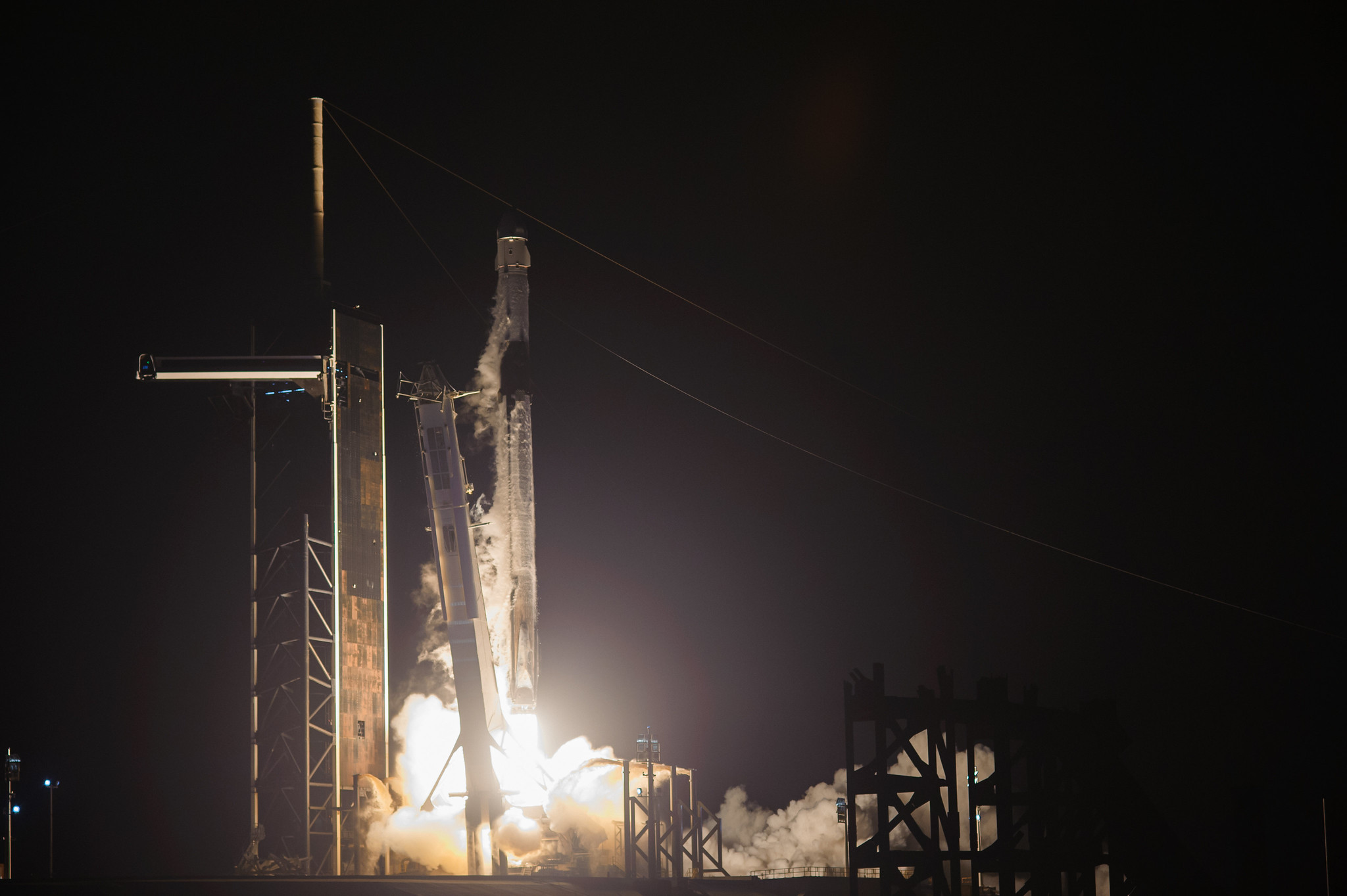
Dragon will dock at 11:20 a.m. EDT on Saturday, July 16. The spacecraft is expected to spend about a month attached to the orbiting outpost. Launch day coverage of the mission will be available on the NASA website. On-demand streaming video and photos of the launch will be available shortly after liftoff.
NASA Helps Decipher How Some Distant Planets Have Clouds of Sand

A new study reveals the temperature range at which silicate clouds can form and are visible at the top of a distant planet’s atmosphere. The finding was derived from observations by NASA’s retired Spitzer Space Telescope of brown dwarfs. The James Webb Space Telescope will be able to confirm these types of clouds on distant worlds.
Uncontrolled rocket descents pose a 10% risk of killing one or more people over the next ten years

The risk of one or more people being killed by uncontrolled rocket descents over the next decade is approximately 10%. This is due to the flight paths of rockets that are sent up. The risks were highest in places like Indonesia, Mexico and Nigeria. The agencies sending craft aloft have the capability of conducting controlled descents of rockets and their parts, but choose to not to do so because of the costs involved.
Webb telescope reveals deepest image of early universe

James Webb Space Telescope has revealed the clearest image to date of the early universe, going back 13 billion years. The stunning shot, released in a White House briefing by President Joe Biden, is overflowing with thousands of galaxies and features some of the faintest objects observed. Webb compiled the composite shot in 12.5 hours, achieving well beyond what its predecessor the Hubble Space Telescope could in weeks.
James Webb Telescope to release more breathtaking cosmic views
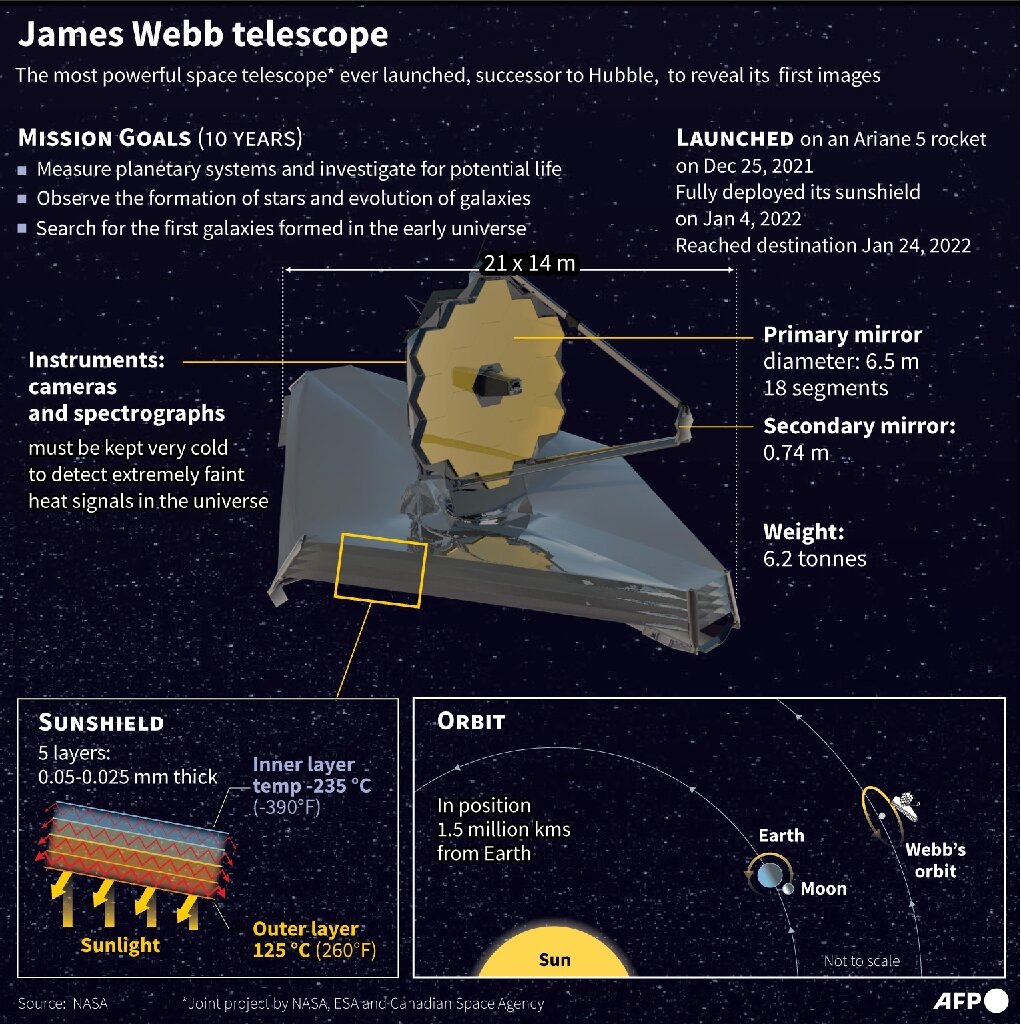
James Webb Space Telescope will reveal details about the atmosphere of a faraway gas planet. The next wave of images on Tuesday will reveal details about a "stellar nursery" Where stars form. They will be published starting from 10:30 am Eastern Time (1430 GMT) on Tuesday. On Monday, Webb revealed the clearest image to date of the early universe.
The ultimate fate of a star shredded by a black hole
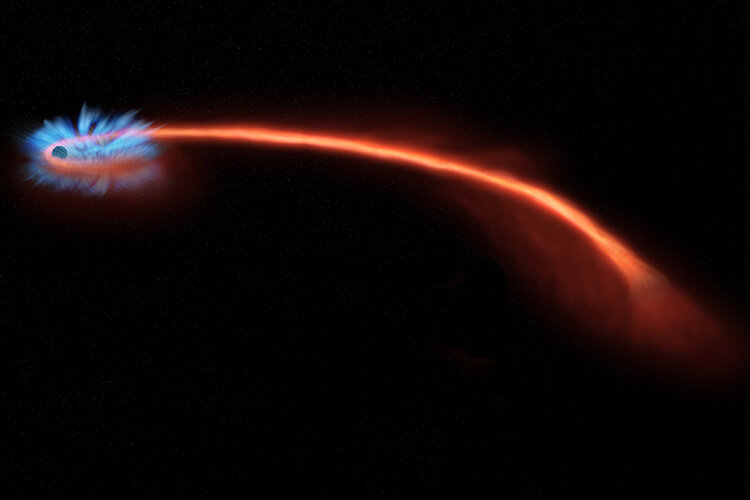
Astronomers study polarization of light from stellar death 215 million light years from Earth. The light was very slightly polarized, about 1%, suggesting that the cloud had thinned enough to reveal the asymmetric gas structure around the black hole. Results support one answer to why astronomers don't see high-energy radiation, such as X-rays, from many of the dozens of tidal disruption events observed to date.
